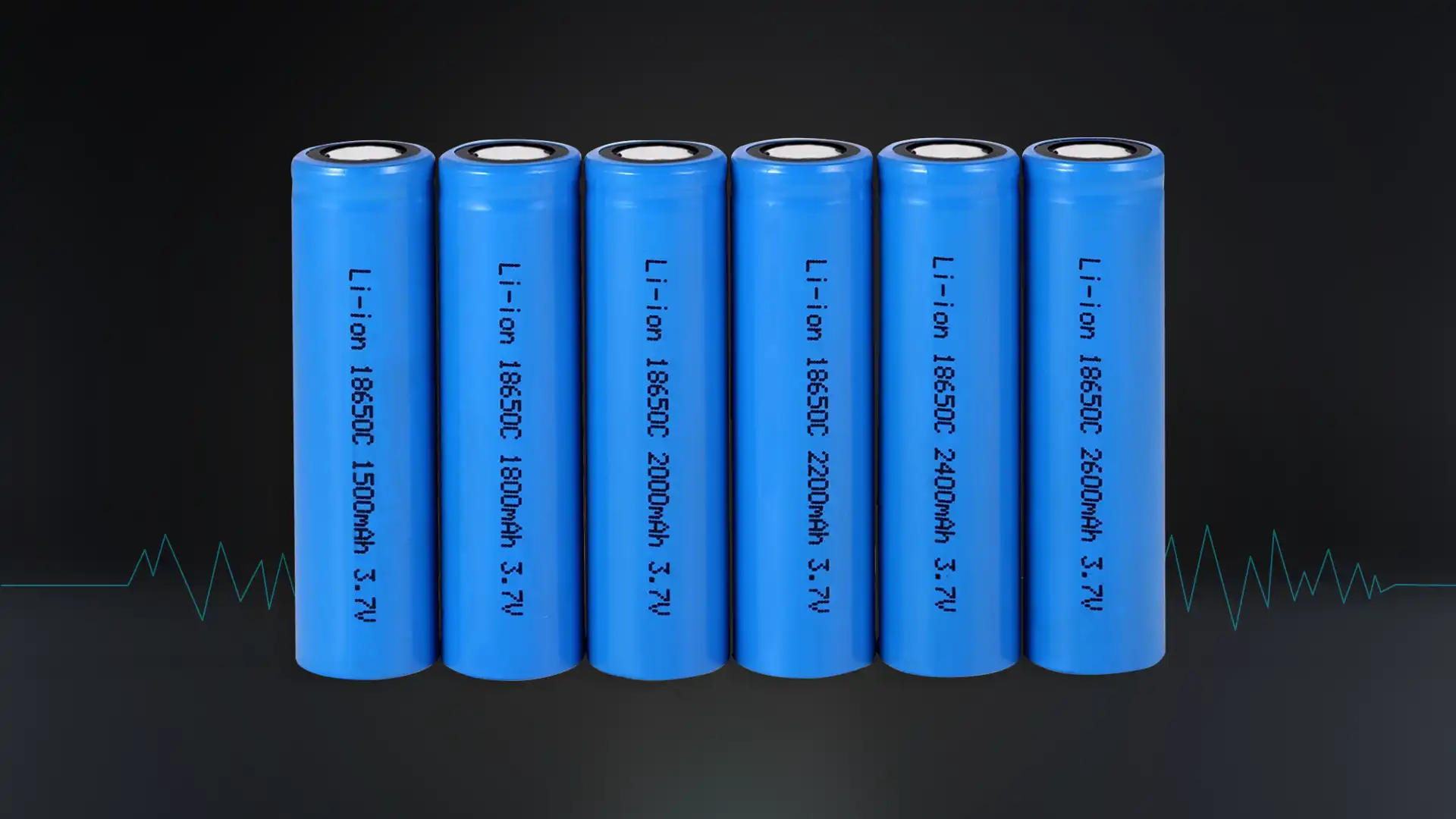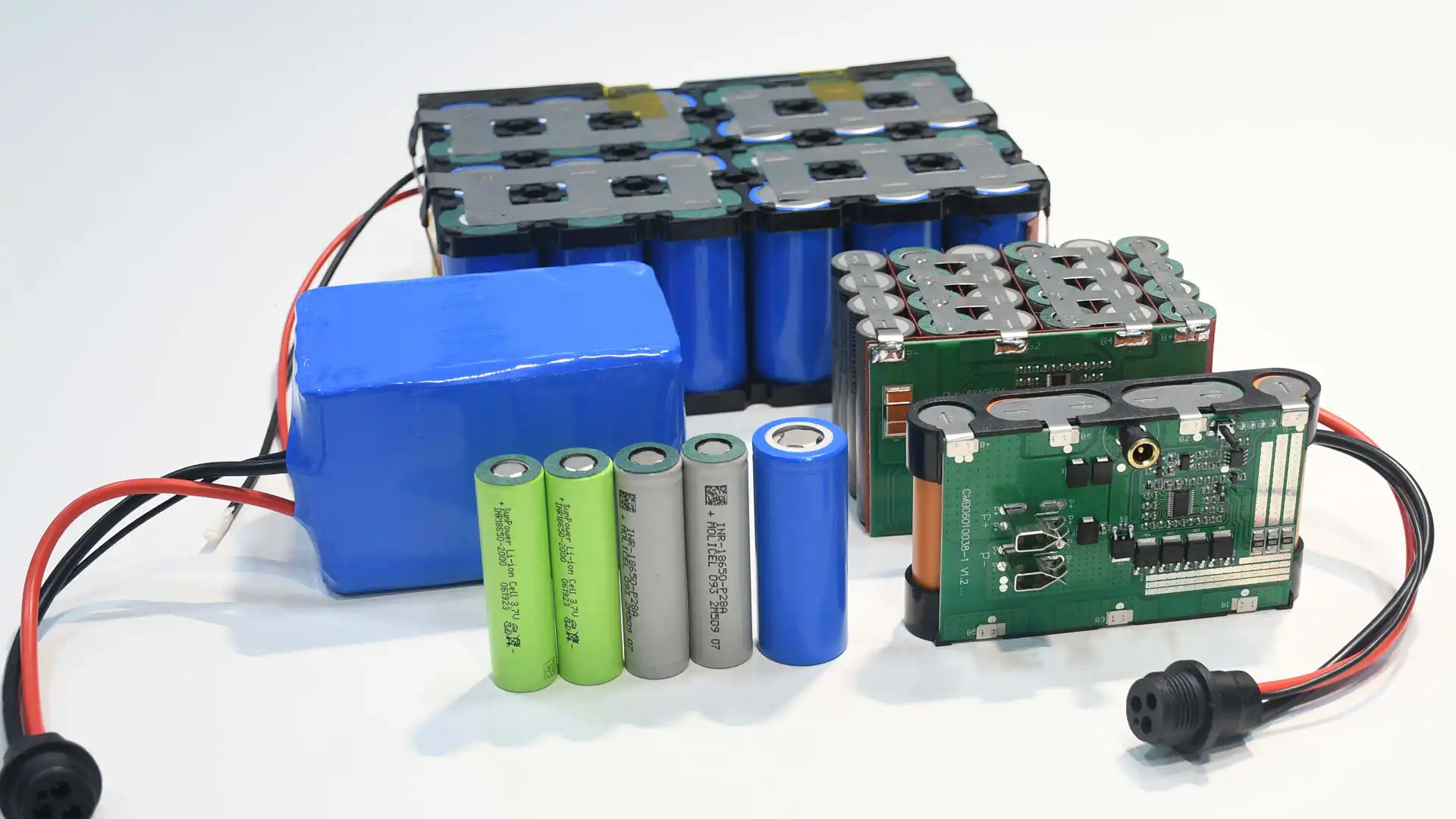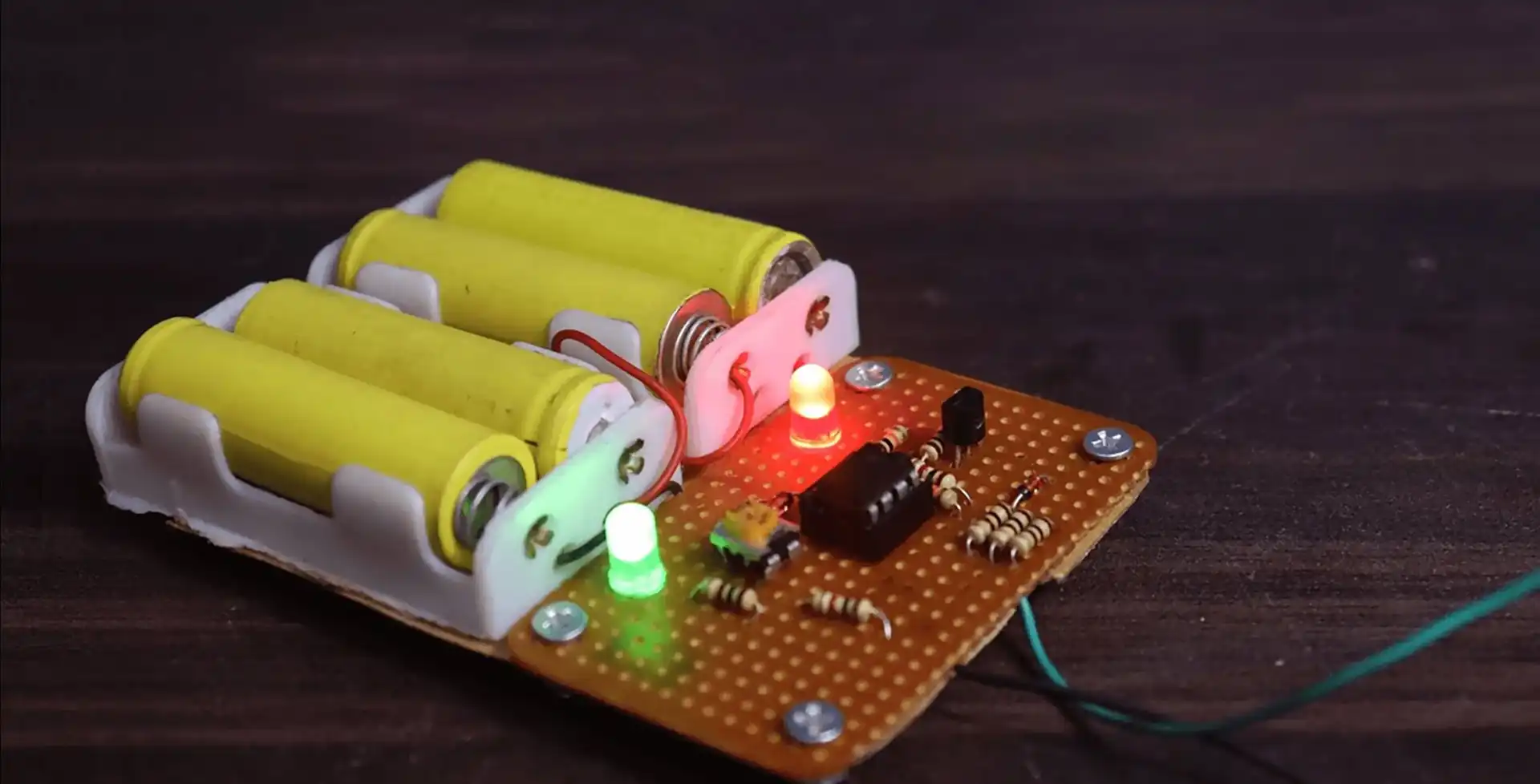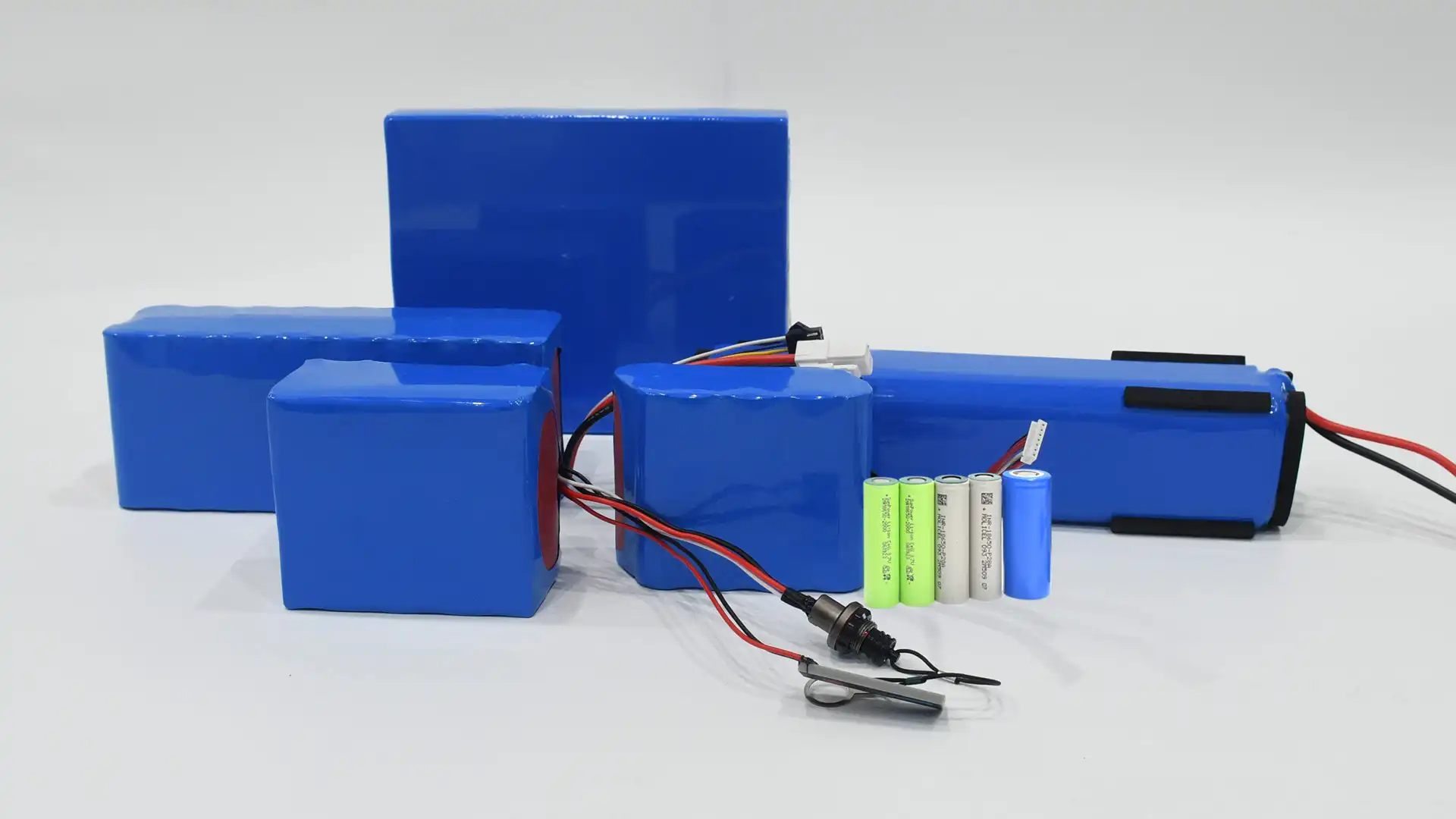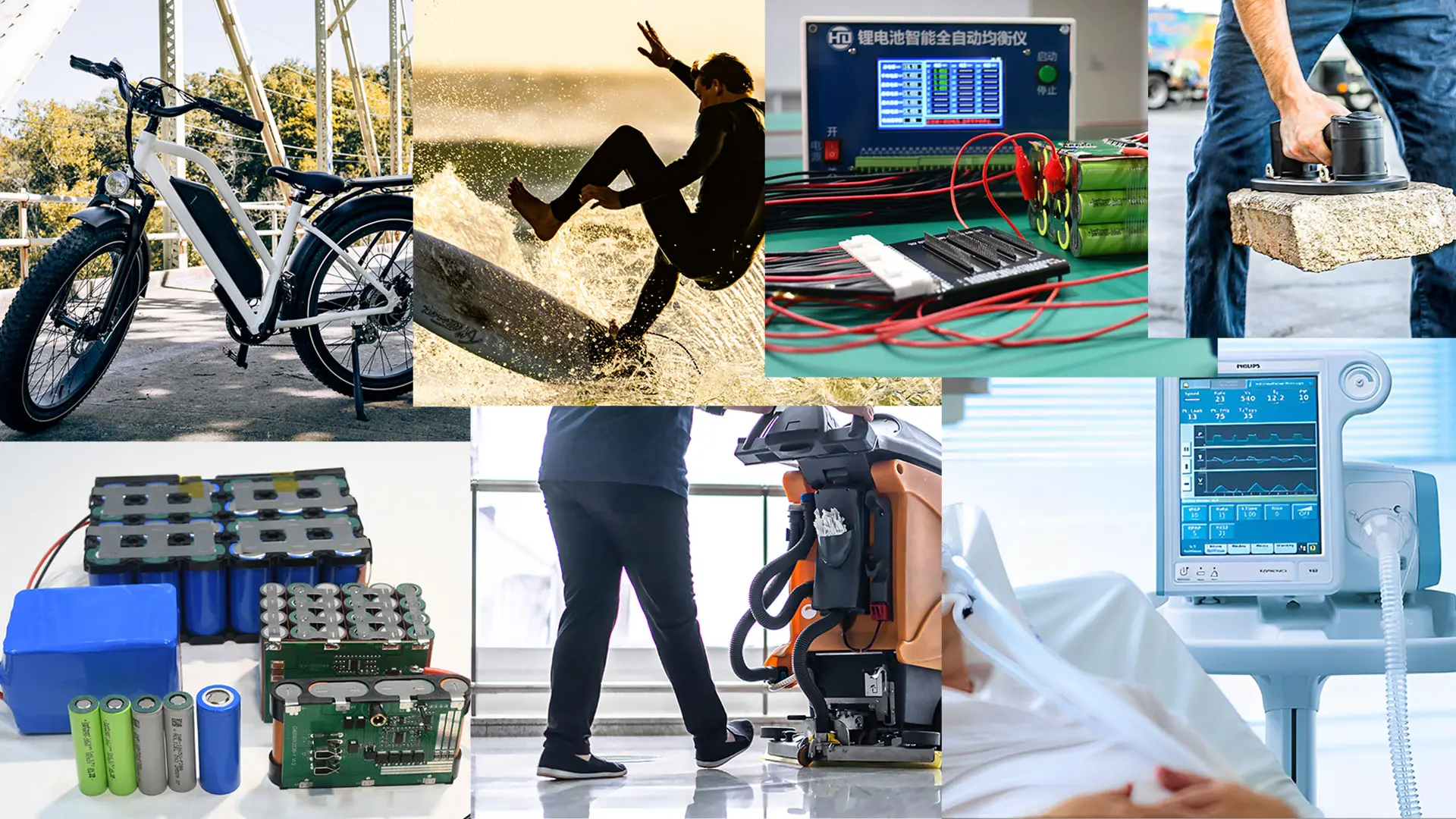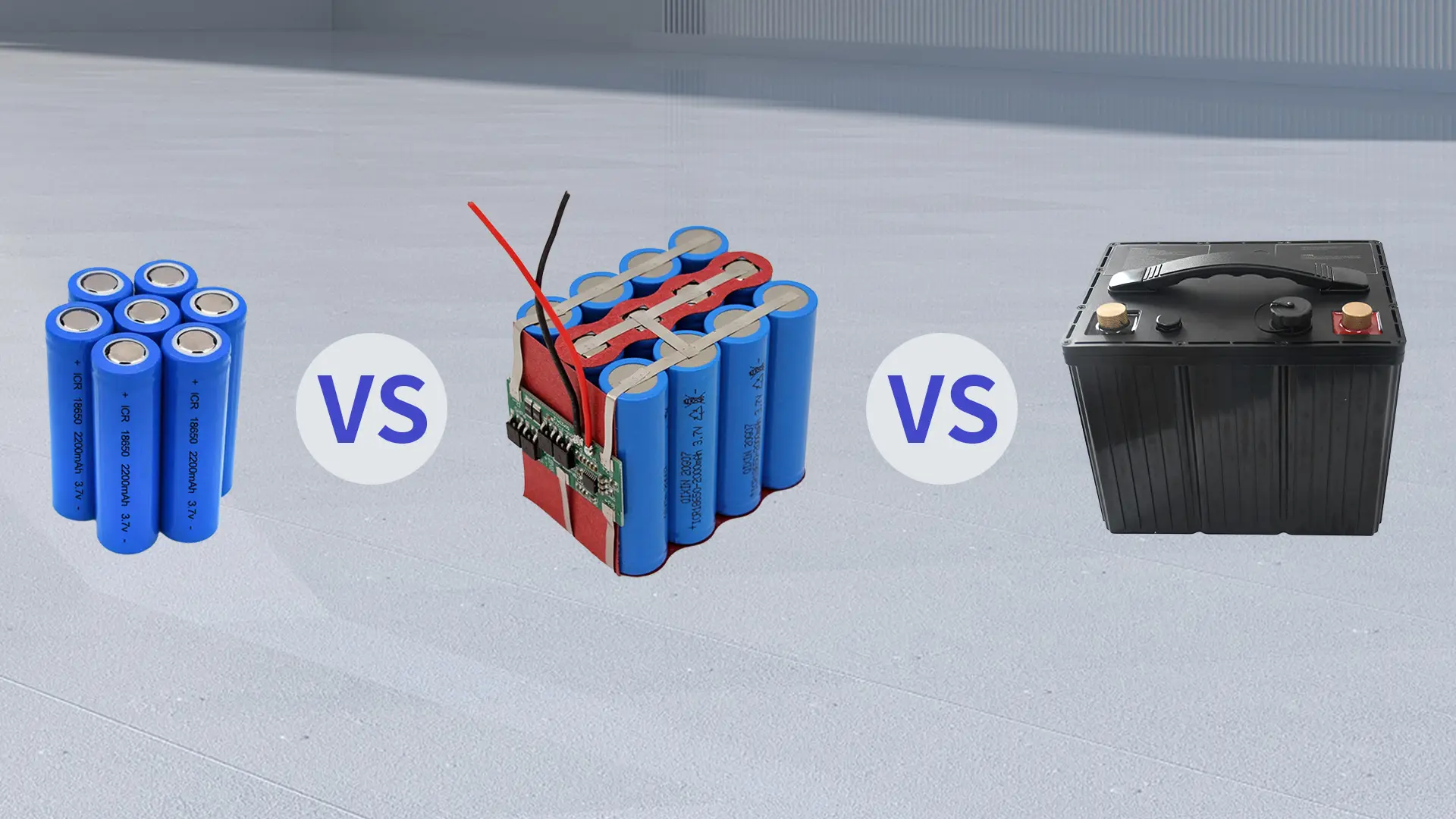In the world of batteries, the 18650 and 21700 are compared in technology, size, capacity, and power density. However, about 18650 VS 21700 batteries, what the users truly matter is how these batteries perform in real-world applications. Next, we will introduce the advantages and disadvantages of both batteries from the user’s point of view.
21700 VS 18650 Battery: What is the Difference?
The terms 21700 and 18650 refer to two kinds of lithium-ion batteries that are frequently used in electronics and electric cars. Here are the main differences of li-ion 18650 vs 21700:
1. 21700 VS 18650 Dimensions
As we know, the numbers 21700 and 18650 are on behalf of the physical dimensions of their batteries. 18650 cells refer to a length of 65 mm and a diameter of 18 mm, while 21700 cells refer to a length of 70 mm and a width of 21 mm. It may seem like a simple explanation, but in actuality, the differences between these two battery types go far beyond their physical sizes.
By volume calculation, the 18650 is
V = πr²h
Substituting the values:
V = 3.14 * (9*9) * 65
Which simplifies to:
V = 3.14 * 81 * 65=16532 cubic mm

The volume of the 21700 is
V = 3.14 * (10.5 * 10.5) * 70
V = 24233 cubic mm
We can judge that the 18650 cell is just 68% of the volume of the 21700 cell. This means that the 21700 cells can hold more power and support the anode, cathode, and electrolyte materials for energy transfer.
2. 18650 VS 21700 Energy Density
21700 batteries are typically 250-300 Wh/kg compared to 200-250 Wh/kg for 18650 batteries, which means that 21700 batteries can store more energy per unit of weight, offer longer runtimes, and lighter weight.
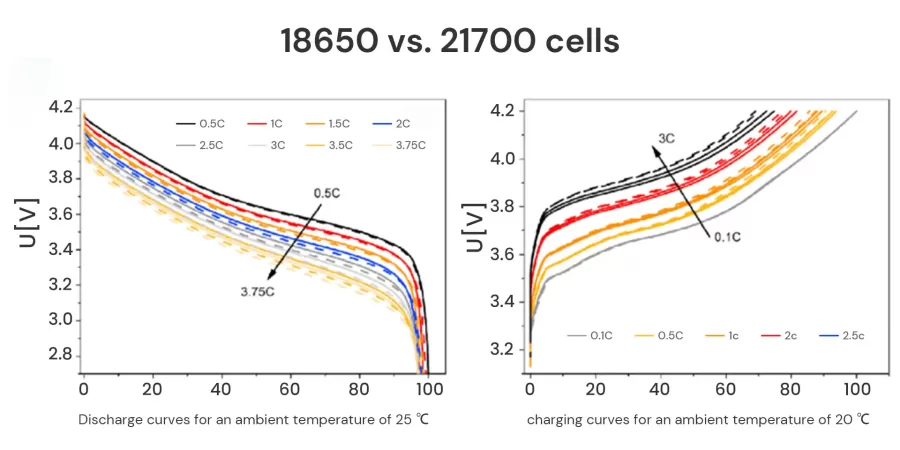
3. 21700 VS 18650 Battery Life
Battery life is generally affected by the usage mode and its discharge rate. However, the relatively high capacity and high energy density of 21700, and 21700 batteries last a longer time of 20% 18650 batteries.
4. 21700 VS 18650 Cell Cost
In general, The cost of a 21700 battery with the same energy of about 20-60% is higher than 18650 cells. Tesla’s official disclosure states that the cost of the 21700 lithium battery system is $155/kWh, while the 18,650 lithium battery system costs $171/kWh. Consequently, if the Tesla Model 3 incorporates 21,700 cells, the battery system’s cost can be reduced by approximately 9%. Our calculations reveal that achieving the same battery pack capacity requires more raw materials with the 18650 cells, which accounts for their higher cost.
To illustrate, a 100Ah battery pack can be assembled using 20pcs 5000mAh 21700 cells or 30pcs 3300mAh 18650 cells. 21700 battery systems cost less per kWh than 18650 battery systems.
In addition to the specific analyses above, I’ve also done a table breakdown based on the main differences between lithium battery 18650 vs 21700:
| Feature | 18650 | 21700 |
| Dimensions | 18mm diameter, 65mm length | 21mm diameter, 70mm length |
| Weight | 45-50 grams | 60-70 grams |
| Capacity | Up to 3500mAh | Up to 5000mAh |
| Energy Density | 200-250 Wh/kg | 250-300 Wh/kg |
| Discharge Rate | Up to 20C | Up to 40C |
| Applications | Laptops, power tools, e-cigarettes | Electric vehicles, high-performance devices |
18650 VS 21700 Ebike Battery Packs Different Performance
The battery pack supplies power to the motor. It can determine the ranges and the performance of the e-bike. Let’s compare the performance of two examples: the 48V 17.5Ah 18650 Ebike Battery and the 48V 20Ah 21700 Ebike battery.

| Feature | 48V 20Ah 21700 | 48V 17.5Ah 18650 |
| Voltage | 48V | 48V |
| Nominal Capacity | 20Ah | 17.5Ah |
| Cell | Samsung INR 21700-50E Cells | Samsung INR18650-35E Cells |
| Power Capacity | 960Wh | 850Wh |
| Cell chemistry | 13S4P | 13S5P |
| Motor(W) | 1000-1500W | 750-1000W |
| Weight | About 5KG | 4.2 KG |
| Dimension | 90*109*362mm | 90*109*368mm |
As shown in the table, both the 48V 17.5Ah 18650 Ebike Battery and the 48V 20Ah 21700 Ebike battery have their own set of advantages and considerations. The 21700 battery pack offers a higher energy capacity and better current output capabilities and it improves the performance. However, the larger size and higher cost of the 21700 cells limit the design of the electric bike. Ultimately, which choice is better is decided by the specific need and customer’s preference.
Are 21700 Batteries Better than 18650?
This question has been at the forefront of everyone’s minds. 21700 batteries are becoming more widely used than 18650 batteries. 21700 battery packs are heavier than 18650 battery packs. Their high capacity means that the batteries can hold more energy, which increases the range of devices such as electric vehicles, power tools, portable solar-powered RO systems, or other power-hungry applications, including custom LED lighting solutions that require extended runtimes and high brightness. And 21700 batteries have better thermal management than 18650 batteries. It has better dissipation heat and reduces the risk of overheating or thermal runaway in high-demand applications. 21700 batteries are also more expensive because of their advantages. If the markets care about the cost, they have to choose 18650 batteries.
We can have the answer in our heads. 21700 batteries are the better choice. They offer a longer range, faster acceleration, and better hill climbing performance. However, 21700 batteries are also heavier and more expensive. Which battery you choose depends on your specific needs and your budget.
The market for 21700 batteries is expected to witness substantial growth in the coming years, driven by the increasing adoption of electric vehicles, the need for efficient energy storage solutions, the expanding consumer electronics market, aerospace and defense applications, and ongoing advancements in battery technology.
Overall, we delved into the practical applications of 18650 and 21700 batteries, aiming to provide users with a clear understanding of their advantages and disadvantages. Using the example of e-bike applications, we explore the key differences like dimensions, energy density, battery life, and cost. While the 21700 battery pack offers increased capacity, longer runtimes, and better performance, its larger size and higher cost may not suit every device. Ultimately, the choice between the two battery sizes should be based on specific needs and budget considerations. With the growing market demand, custom lithium-ion battery packs using 21700 cells are expected to witness substantial growth in various industries.


